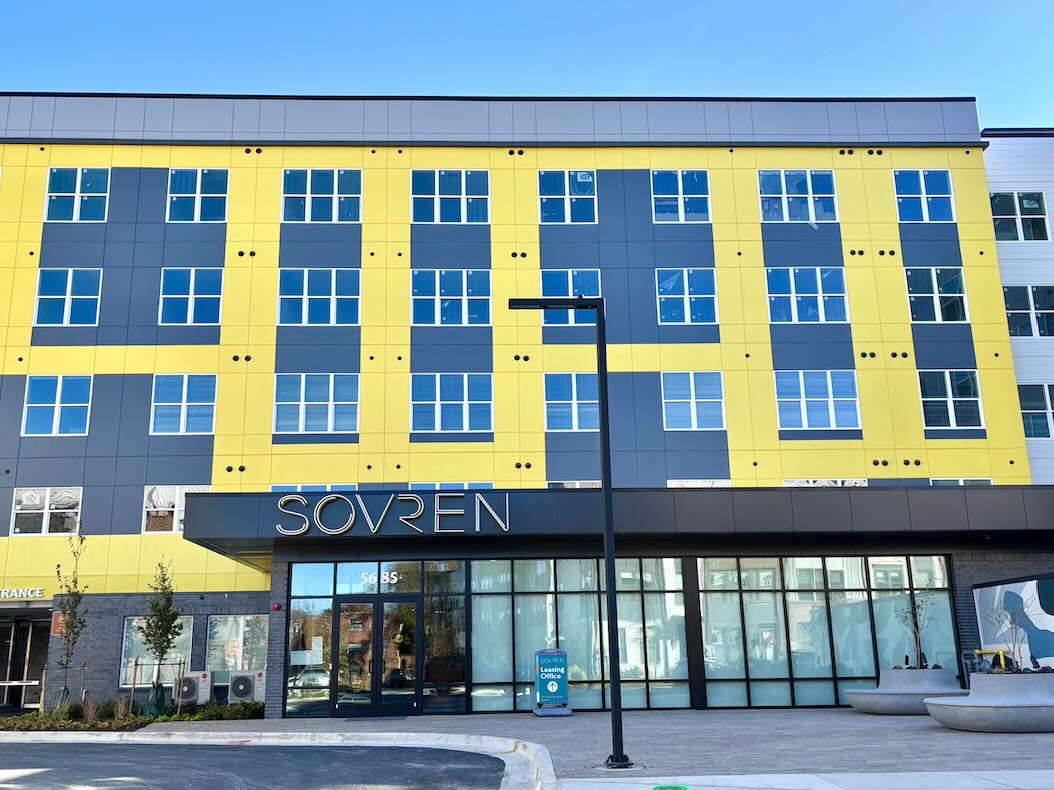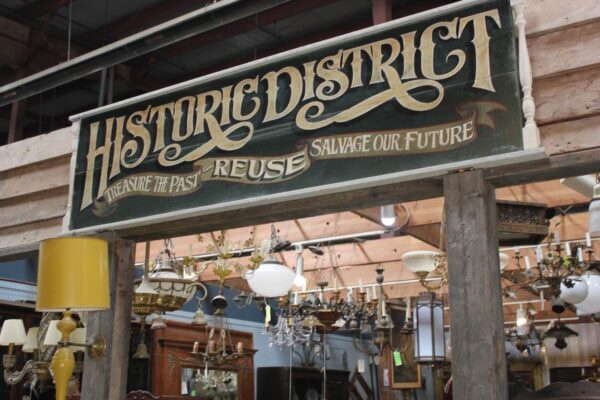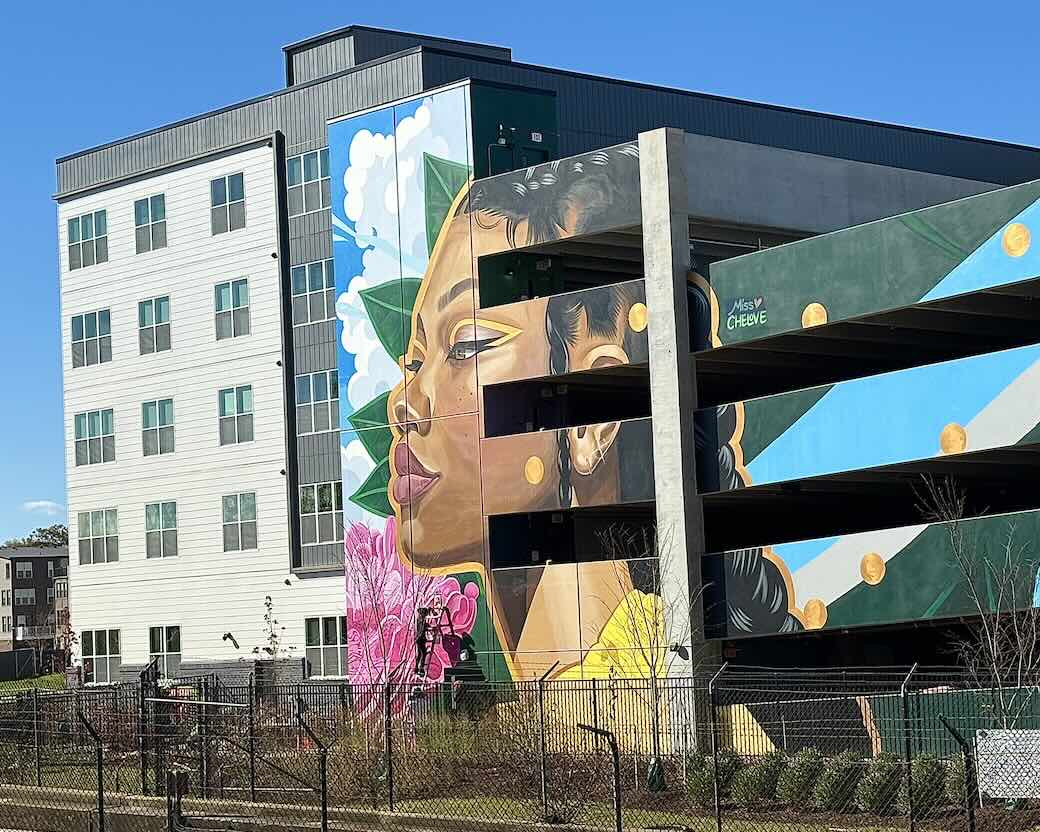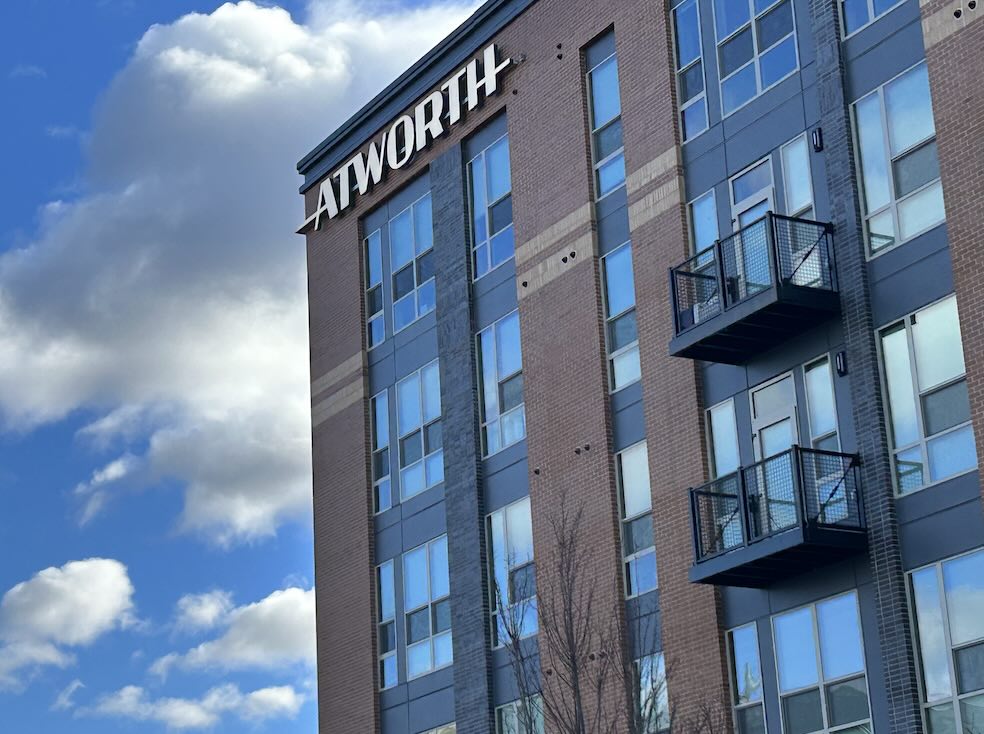
A iconic statue of Abraham Lincoln by one of the most famous sculptors to portray him sits in a cemetery in Brentwood just off of Route 1.
The 13-foot bronze sculpture is by Andrew O’Connor, who made the famous statue of Lincoln as the president-elect in 1861 on the grounds of the Illinois state capitol. That statue is famous for showing a younger Lincoln heading to Washington after being elected.
Notably, it depicts him without a beard, although he had actually started to grow one at the time he left Illinois — a rare inaccuracy from a sculptor who intensively studied life casts of Lincoln’s face, photographs and other material, but one that may be chalked up to the poetic license of showing him as a fresh-faced newcomer.
But where the Springfield statue shows a young Lincoln leaving his home behind, the Brentwood statue shows a Lincoln who has aged more than those four years in office would indicate, years in which he led a country plunged into Civil War and tragically lost his 11-year-old son to typhoid fever.
O’Connor studied under the famous sculptor Daniel Chester French, whose statue at the Lincoln Memorial reflects a sober resolve befitting a 170-ton marble monument. But the Springfield and Brentwood statues better show the human side of Lincoln. The Brentwood statue had an interesting path to its present location.
It was first commissioned in 1930 by a group in Rhode Island that planned to put it in the statehouse in Providence. It was cast at Gorham Manufacturing, one of the nation’s leading sculpture foundries, but then languished for 17 years because the Rhode Island Lincoln Memorial Commission didn’t have the money to pay for it. It was finally purchased in 1947 by the Fort Lincoln Cemetery, which gets its name from one of the seven temporary earthworks forts in the D.C. area during the Civil War. (Fort Totten, which you may know from the Green Line, was another.)
Lincoln himself once visited the area where the cemetery now is, meeting with troops to discuss strategy under a majestic oak tree. (The tree, believed to be nearly 500 years old, was struck by lightning in 1991, but a new oak was planted on the same location.) Though the Brentwood statue deserves to be better known, it feels somehow appropriate that this tired, gaunt version of Lincoln should end up in a place where he once walked that is now visited by people seeking the quiet solace of remembering the dead.
The statue on the National Mall may be the heroic memorial a country needs to sustain its own mythology, but the Brentwood statue reminds us that Abraham Lincoln was just a man and it is up to us, the living, to finish the work he so nobly advanced.
Support the Wire and Community Journalism
Make a one-time donation or become a regular supporter here.



















One problem with this article, Fort Lincoln Cemetery is not in Brentwood, it’s in Colmar Manor.
The cemetery’s own site says Brentwood:
“Located in the heart of Brentwood, Maryland, along the Anacostia River, Fort Lincoln Funeral Home & Cemetery offer families peace of mind and compassionate care.”
Have lived in Hyattsville for a long time, and have yet to see the statute. Looking at the photo, it does look like Lincoln has a lighter beard, similar to the one in one of the final photographs of Lincoln (Gardner, March 1865) found at the National Portrait Gallery- http://npg.si.edu/object/npg_NPG.81.M1.D3. Lincoln’s eyes are so gaunt in the statute, it’s hard to see this as a Fresh Lincoln. In many ways far more realistic than French’s memorial, which is all ideal and Zeus like.
However – Many Thanks for pointing this out, I will go see it personally, and thanks for the discussion! Cheers!
PG Atlas also refers to 3401 Bladensburg Rd as being in Brentwood. http://www.pgatlas.com